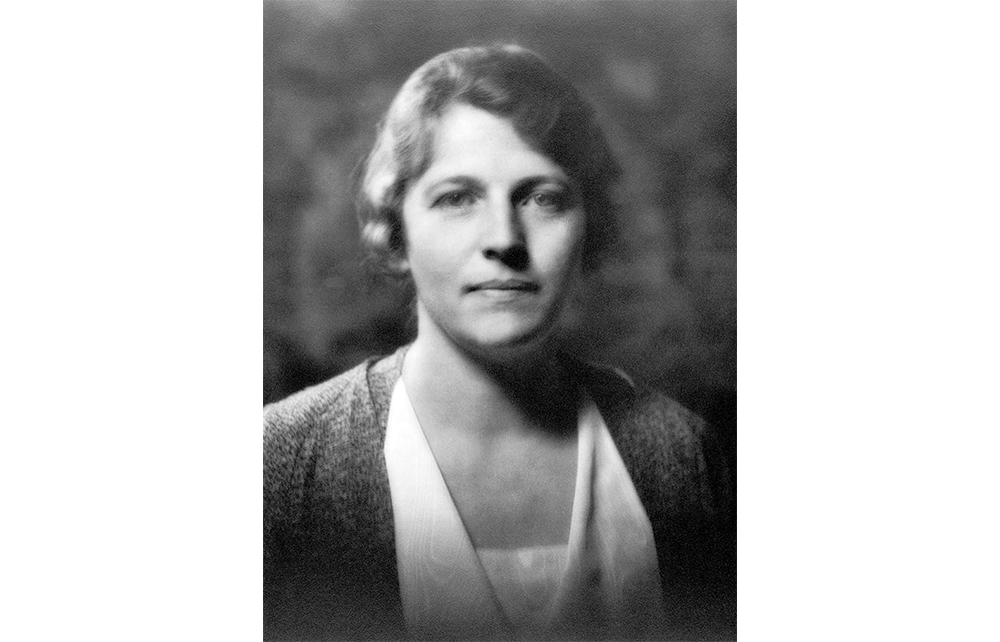Writing the history of the novel, even covering a limited period, is a challenge. No one could possibly read every novel that has been published. Even if you read 100 a year you would scarcely scratch the surface. It isn’t like writing a history of most other subjects, where the important matters select themselves.
You wouldn’t guess from this book how hilarious Lolita is, or some of the best passages of Ulysses
No one could say with certainty that the most noteworthy novels are those which once made, or now make, the most impact. Indeed, a history that included many of the bestsellers of the day would be unusual – one, for instance, that took in G.W.M. Reynolds’s 1844 The Mysteries of London, probably the most popular novel of the entire 19th century in England, or Hall Caine’s The Manxman, whose colossal sales single-handedly put an end to the three-volume door-stopper in 1894. Any account that discussed these at the expense of Villette or What Maisie Knew would be a history of bestsellers, not of the novel as a whole. Both phenomena are interesting, and so are the conditions that enabled novels to be produced in the first place. But how does the historian decide which books to direct our attention to?
The answer, it seems to me, is to trust a number of filters and let them lead you to out-of-the-way material that may prove compelling. First is the judgment of posterity. If readers still value Proust’s work a century after it was published, that is worth considering. ‘Readers’ may mean the large numbers who continue to devour P.G. Wodehouse, or the sophisticates who relish the novels of Bryher, say. Second is the judgment of a writer’s contemporaries. If so many people loved E. Phillips Oppenheim’s books, the historian has a sort of duty to at least look at them.







Comments
Join the debate for just £1 a month
Be part of the conversation with other Spectator readers by getting your first three months for £3.
UNLOCK ACCESS Just £1 a monthAlready a subscriber? Log in